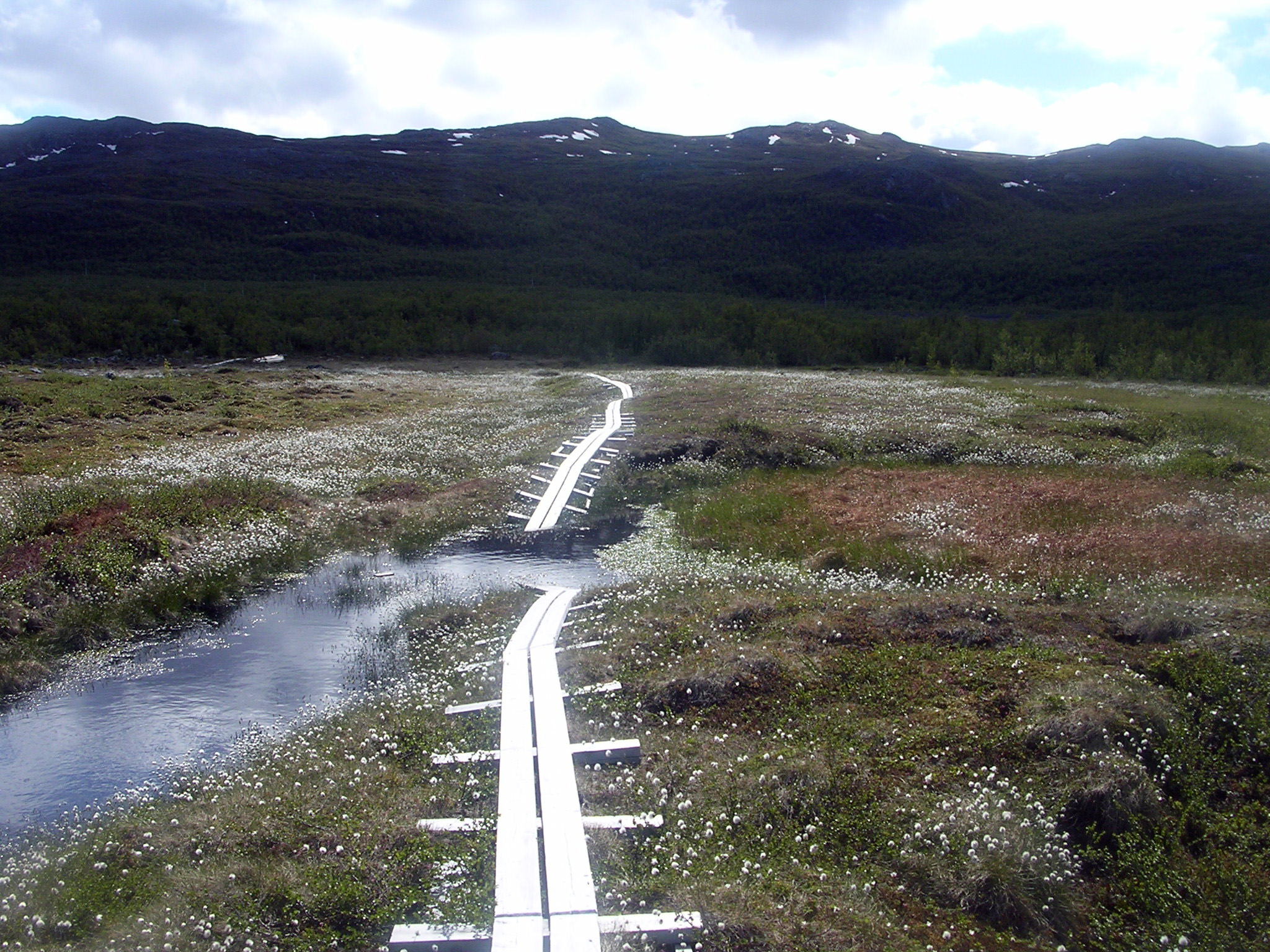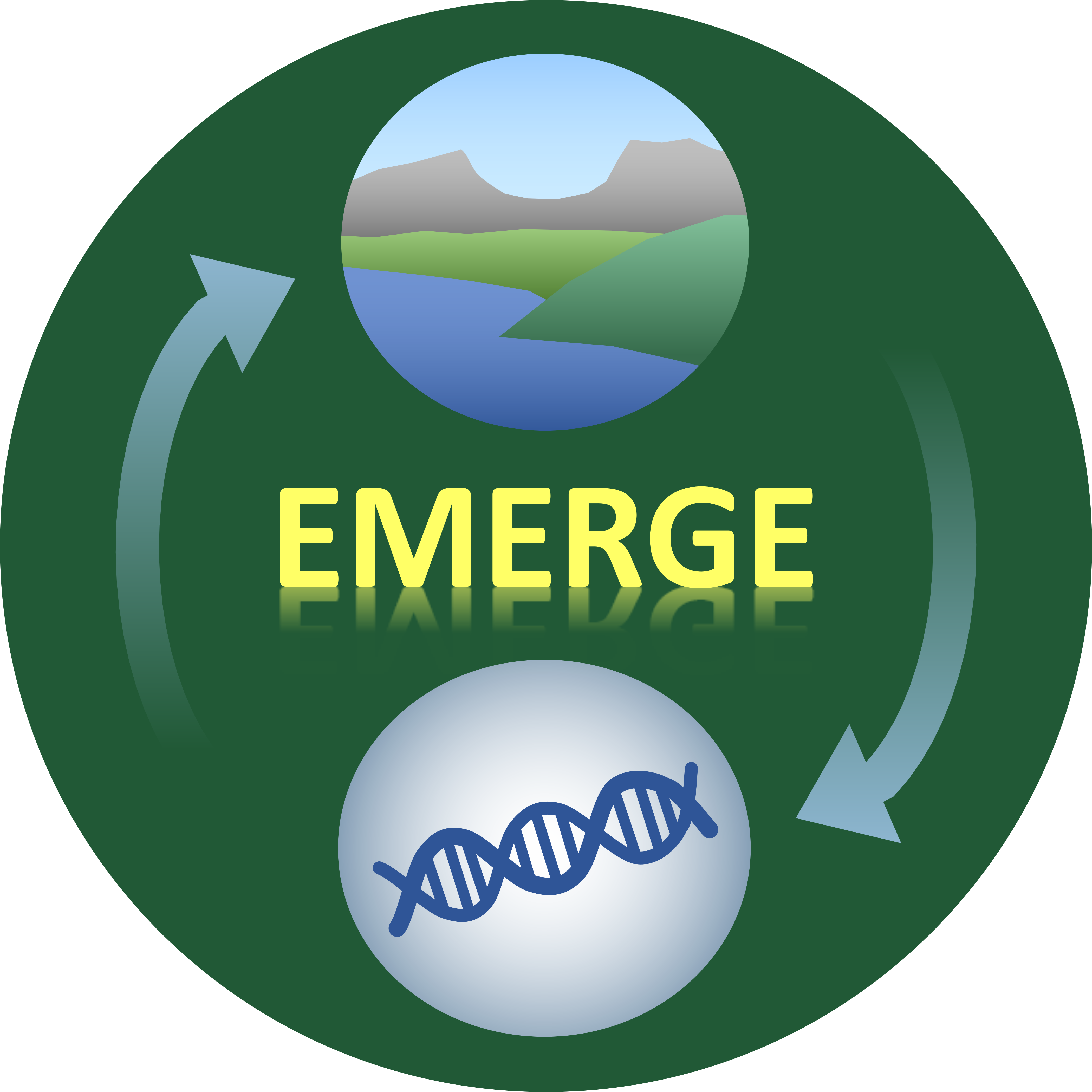Overview
Predictive understanding of ecosystem response to change has become a pressing societal need in the Anthropocene, and requires integration across disciplines, spatial scales, and timeframes. Developing a framework for understanding how different biological systems interact over time is a major challenge in biology. The National Science Foundation-funded EMergent Ecosystem Responses to ChanGE (EMERGE) Biology Integration Institute aims to develop such a framework by integrating research, training, and high-resolution field and laboratory measurements across 15 scientific subdisciplines–including ecology, physiology, genetics, biogeochemistry, remote sensing, and modeling–across 14 institutions, in order to understand ecosystem-climate feedbacks in Stordalen Mire, a thawing permafrost peatland in arctic Sweden. Rapid warming in the Arctic is driving permafrost thaw, and new availability of formerly-frozen soil carbon for cycling and release to the atmosphere, representing a potentially large but poorly constrained accelerant of climate change.
EMERGE examines biological interactions and their responses to change by employing a ‘genes-to-ecosystems-to-genes’ (G2E2G) approach. Specifically, the team investigates how the genetic and metabolic features of microbial communities, and their biotic and abiotic interactions, give rise to ecosystem outputs (the ‘genes-to-ecosystems’ paradigm), specifically carbon gas emissions, and how ecosystems in turn impact gene expression and allele frequencies via the “3 As” of acclimation, assembly, and adaptation (here, the ‘ecosystems-to-genes’ feedback). EMERGE’s teamwork is built upon best practices of effective team science, and EMERGE’s research is tightly connected to education and training designed to broaden participation and forge the next generation of cutting-edge integrative biologists. All EMERGE members also engage in outreach, to ensure that insights from this taxpayer-funded research are broadly and openly shared with the scientific community and the public.

This material is based upon work supported by the National Science Foundation under Grant Number 2022070. Any opinions, findings, and conclusions or recommendations expressed in this material are those of the author(s) and do not necessarily reflect the views of the National Science Foundation.
